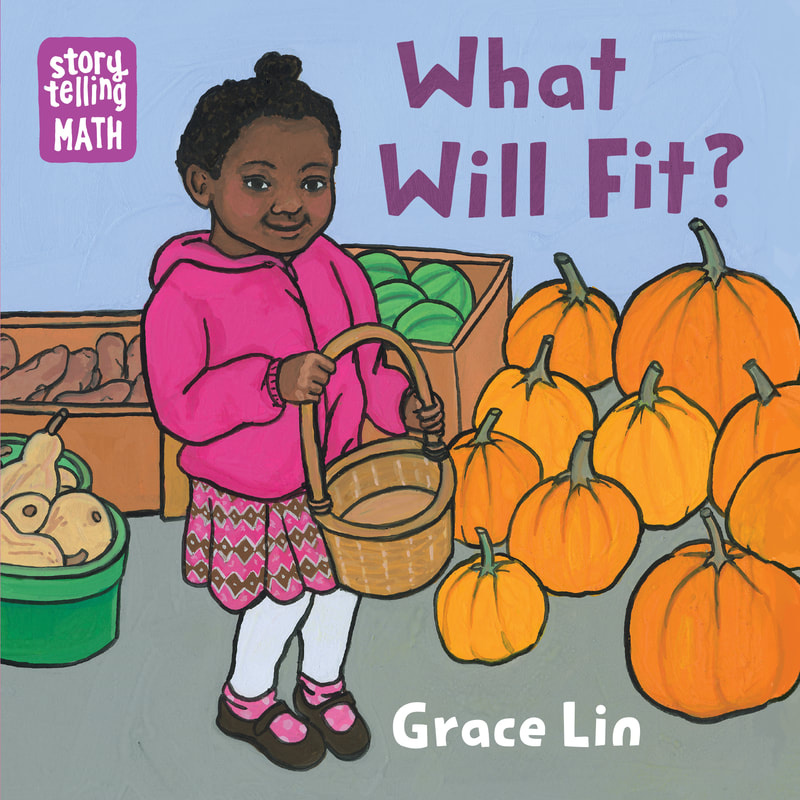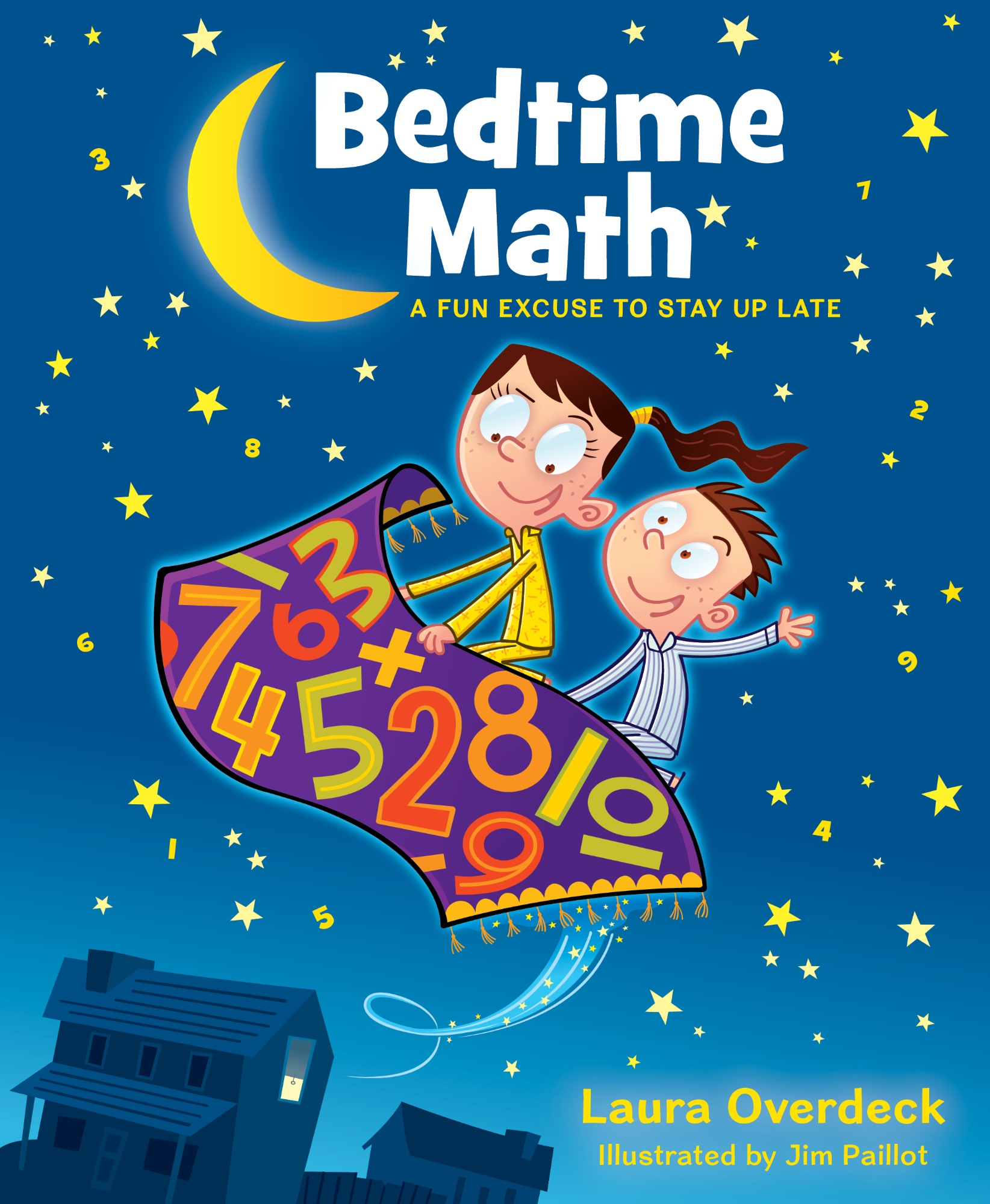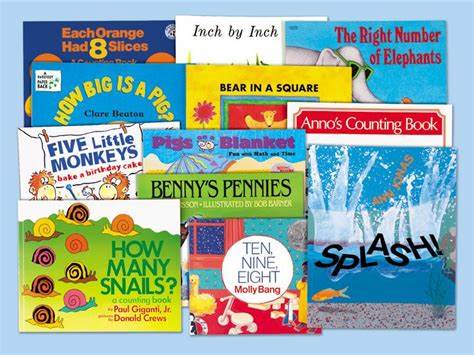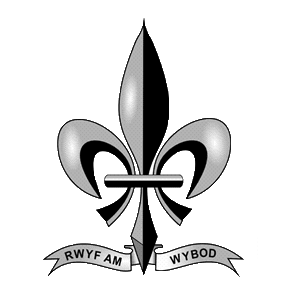Progression Step 1 - ages 3-5
In these early years, children learn to count accurately, and to recognise which numbers are bigger or smaller than others. They begin to work on practical tasks involving addition and subtraction. They also work in other parts of mathematics, such as making and recognising regular patterns; comparing weights, or estimating the capacity of containers; and investigating how different shapes fit together.
You can help your child by
- Involving them in the maths that is present in your everyday activities
- Providing mathematical books, games and toys
- Reading and playing games, and inviting friends and family to join in
Everyday Activities
In the kitchen
Help your child:
- set the timer on the microwave.
- count how many yogurts are left in the fridge, or apples in the bowl
Ask your child to
- put four mugs on the table for tea, or bring you five carrots to chop up
- put the spoons and forks in the right compartments of the cutlery tray
- put enough biscuits on the plate for everyone to have one each
Getting dressed and undressed
Ask your child:
- What order does he put his clothes on: shoes or socks first?
- how many buttons her cardigan has
- if his socks match - or are the patterns different?
- what her next shoe size will be when she grows out of her present one.
In the bath and at bedtime
Ask your child:
- If the bubble bath bottle is full or empty
- What order will you do things tomorrow?
- How many days is it until Christmas or Diwali or his birthday?
- How old his cousins are. Who is the oldest or youngest?
Challenge your child to:
- Count the stairs on the way to bed
- Count the plastic lids or ducks or shapes in the bath
- Get washed and get his teeth cleaned before the minute hand on the clock points to 6.
- Find a book with fewer than 30 pages for her bedtime story.
In the supermarket
Help your child:
- Look in the freezer cabinet for a packet with 10 fish fingers
- Look in the chill cabinet for a packet of eight yogurts.
- Check if there are enough samosas in the bag for the whole family.
- Find the largest packet of his favourite cereal
- Choose the longest cucumber
- Pick out 5 of the best apples
- Find a pound coin in your purse for the trolley.
Playing with cuddly toys and dolls
Help your child:
- Have a cuddly toy party; provide enough raisins for the toys to have one each.
- Make a bed for his teddy bear from a cardboard box, and cover the outside with wrapping paper.
- Count how many dolls there are.
Other things you can do
Look together at number books
Read number books that you and your child like the look of. (Books that are dull and hard work may put your child off both books and maths!)
Help your child:
- talk about and count the things in each picture
- read the number symbols and talk about them. For example, 6 is the age of her brother, 4 is the number on the front door....
- Outline a number with her finger, or draw one like it on paper.
- say the number names in order.
There are a wide range of digital and hard copy books available online:



Sing number songs
You may remember songs or rhymes from your childhood, or learn new ones from your child, from the TV or from a book. Songs and rhymes help children learn to count and to say the number names in order - sometimes backwards as well as forwards.
Ask your child to:
- Recite the rhyme with you
- Sing the song on her own, with your help when she needs it
- Listen as you sing the song and fill in the bits you miss out.
Play board games and card games
You can buy boards for young children that can help them count and make pairs and sets. Games that involve money and shopping are good value. Play old favourites such as Ludo, snakes and ladders etc. Use ordinary playing cards to play Snap, Donkey or Pairs.
Talk with your child about
- Whose turn is it -' the person to your left'?
- The order you do things in - 'pick a card, then put one down'
- Pairs are the same - 'those two are the same'
Help your child
- Count how many spots there are on the dice
- Understand the number sequence - 'you are at 23, so you go to 24 next'
Do maths when you are out and about
Your child might get board when you are waiting for the bus, in the doctors' surgery or on a car journey
You could
- Look out for numbers, on the buses, on car number plates, on clocks
- Collect numbers from 1 to 10 (or 20) in order, one number at a time: 1 on the Motorway sign, 2 on the side of a van, 3 on a hoarding...
- Count how many of one kind of thing you can spot: cars, red cars, post boxes, bicycles....
- Play I spy number: 'I spy with my little eye, five of something' (five fingers on a left hand) or 'I spy with my little eye, three of something' (a woman walking three dogs).
Build and make things
Construction sets, building blocks and small world sets with play people are important learning toys. Children learn from activities which involve building, stacking and balancing. They also make fantasy worlds and pretend with them. They can use the maths they know when playing.
Talk with your child about
- How the pieces fit together - or don't
- What shape will and won't balance on top of one another
- How nuts, bolts and other fixings work
- Which shapes are the same, but different in sizes?
- Where to place the farm building or garage or lorry or firefighter: next to the bridge, under the building, on top of the hill....
It is important to remember that children learn best through handling concrete (real life) materials in maths. Playing online games such as 'MineCraft' does develop skills in maths, but children need practical concrete experiences first to really develop understanding.
Make patterns and pictures
Children can make pictures with felt-tipped pens, adhesive stickers, or cut out pictures from magazines. They can use felt kits, magnetic shapes, mosaic sets or stencils.
Help your child
- Make repeated patterns: red, blue, red, blue, or flower, star, star, flower, star, star.
- Make your own jigsaw puzzle by sticking a picture on card, cutting it into shapes and putting it back together again.
Talk with your child about
- How shapes fit together or overlap
- Whether shapes have straight or curved sides
- Which shapes are the same but different colours?
- How to make a butterfly pattern, the same on both sides.
Games with maths in
Accordion content
